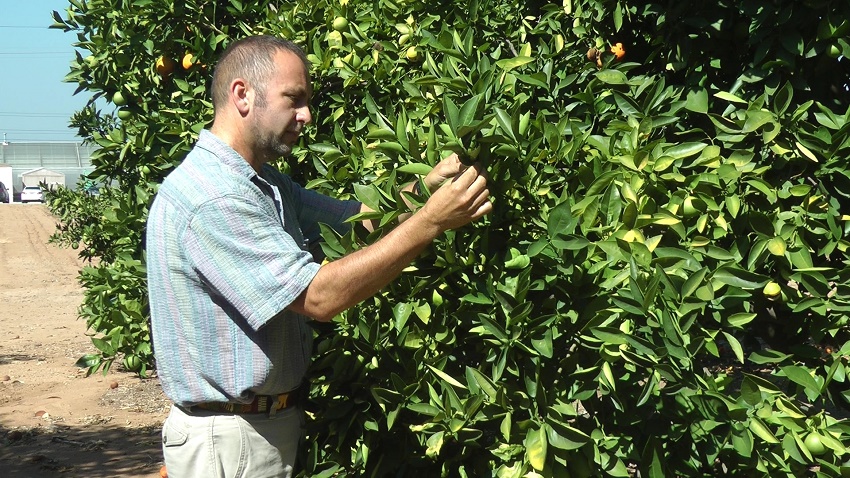Trees make the perfect addition to an outdoor area you want to add more value to and the charms of nature. If you choose a fruit tree, you’d get to have your own fruits to make fresh jams, while also enjoying the ideal natural shade.
As it happens, though, we often forget trees require the same care, if not more, as other plants. Knowing how often and how much you should water them, the type of soil they need and the frequency of applying fertilisers along with pruning is all part of tending to their needs.
However, even despite this, trees can get a disease that might go unspotted until it’s too late which is why getting the help of a tree disease specialist is a wise investment. Even if there are no disease signs, a checkup for prevention won’t do harm.

Sure, you could try and diagnose yourself, nowadays it’s easy with the help of tools like google to feel like a specialist yourself, searching for the symptoms and cures in a second, but that doesn’t mean the disease or potential disease you come across is the actual one you think it is.
Specialists on the other hand have yeas of experience and can be of help in identifying and treating the disease in time before it affects the whole tree. Along with inspection, and in the case of disease, identification, a tree disease specialist can monitor the situation, and advise you on the best way to handle it.
This includes coming up with a disease management plan as well as carrying out with the necessary treatments and follow ups to restore your lovely tree back to health. Some of the warning signs go from small ones like tiny holes in the bark, to discolouring of leaves and thinning of the canopy.
Additionally, pay attention to sudden stop in the tree growth (in case it’s still in the growing process), wilting, colour changes, spots, knots, rotting or a combination of some of them because the sooner you notice and call in professional help, the better for your tree. It’s equally important to keep an eye on insects and mites.
Of course, insects and plants aren’t always a disastrous combination considering insects have their role in the ecosystem, but not all are equally good. Some of the dangerous ones for your tree are boring, sucking and chewing insects.
When you start noticing signs such as holes in the trunk, leaves and significant loss of leaves, then you should know it’s time to bid the insects farewell from your tree with the help of an arborist.











